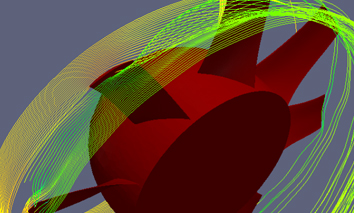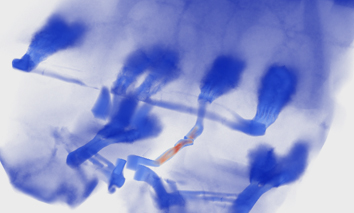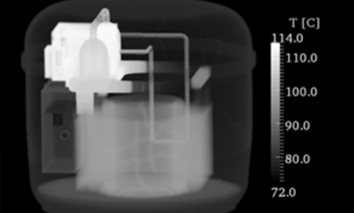![]()
NEST is an object oriented software platform that allows the global analysis of complex multi-physics problems: each phenomenology relevant to a specific problem is solved by its own element, and these elements are combined together and can exchange dynamic variables to define the complete system under study. The main advantage of this approach is its flexibility: the computer model can be easily adapted to reflect changes on the design under consideration, and the level of detail and computational resources devoted can be set individually for each element.
NEST features an efficient hardware task distribution based on system-graph partitioning approaches, and multiple parallel computation levels can be used at the same time. Systems analized using NEST can be split into several parts, each running in different set of processors, and every physics component can also run in parallel.
NEST is broad enough as to tackle a wide variety of situations of practical interest. For example, we have experience on using it for applications as diverse as building energy assessment and hermetic reciprocating compressors.
![]()
NEST for buildings
NEST has a built-in set of elements to assist on the modeling of all aspects of building energy assessment. These elements solve the conservation laws of mass, momentum and energy throughout the building spaces and components (rooms, doors, windows, facades… ), and incorporate weather, human activity, and HVAC and non-HVAC elements destined to human comfort. These elements can be easily combined to describe any kind of building as well as different levels of human activity. NEST allows the simulation of large time periods to better understand the behavior of the building as a whole.
![]()
NEST for hermetic reciprocating compressors
NEST has a built-in set of elements to assist on the modeling of hermetic reciprocating compressors. These elements solve the conservation laws of mass, momentum and energy throughout the different components of the compressor (chambers, valves, pipes… ). This NEST element approach allows for a rapid setup of new compressor configurations. NEST allows to see the detail of the pressure-volume diagram, the movement of suction and discharge valves, forces on the slider-crankshaft mechanism, motor and resistant torques, evaluate the COP…


